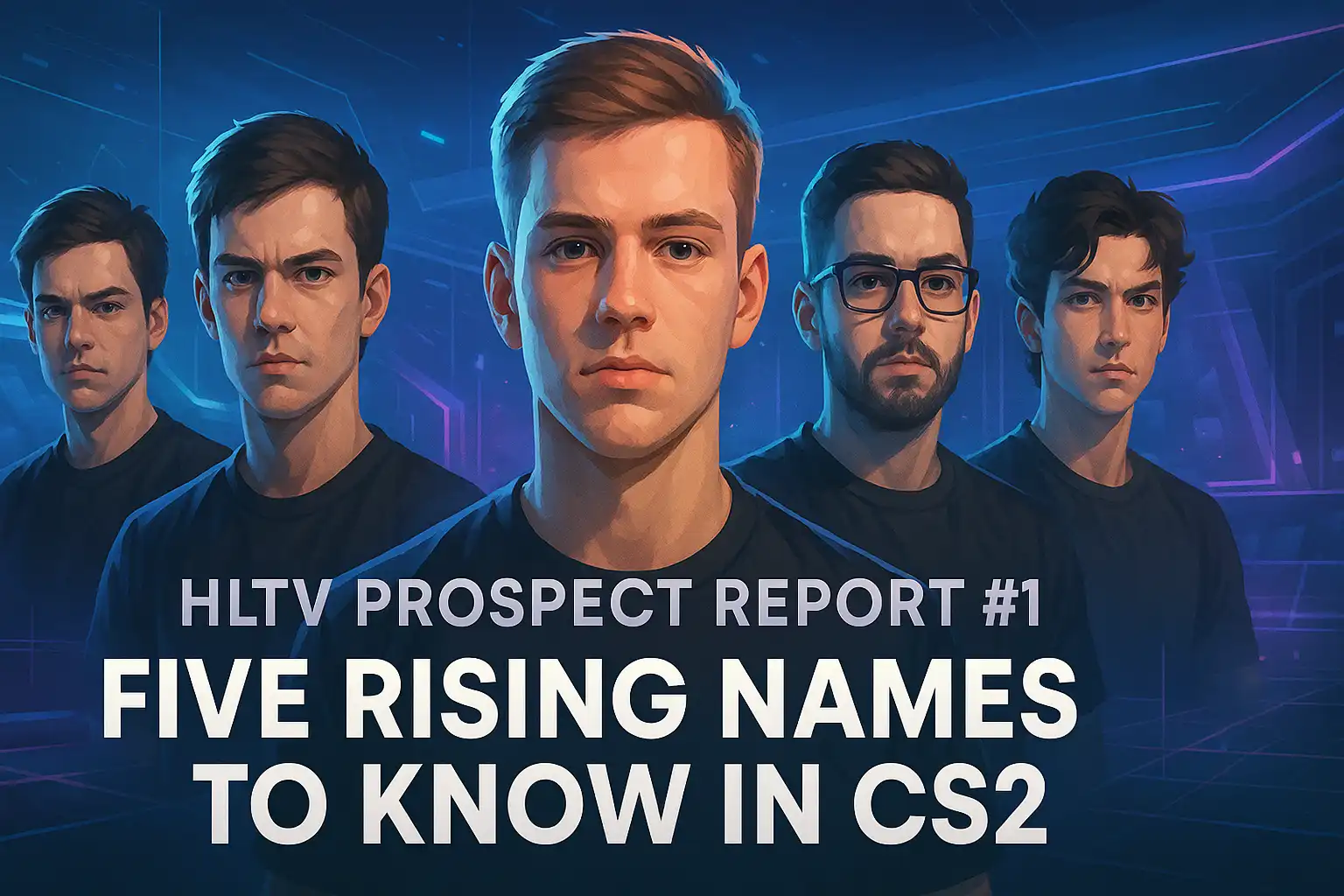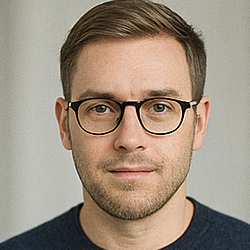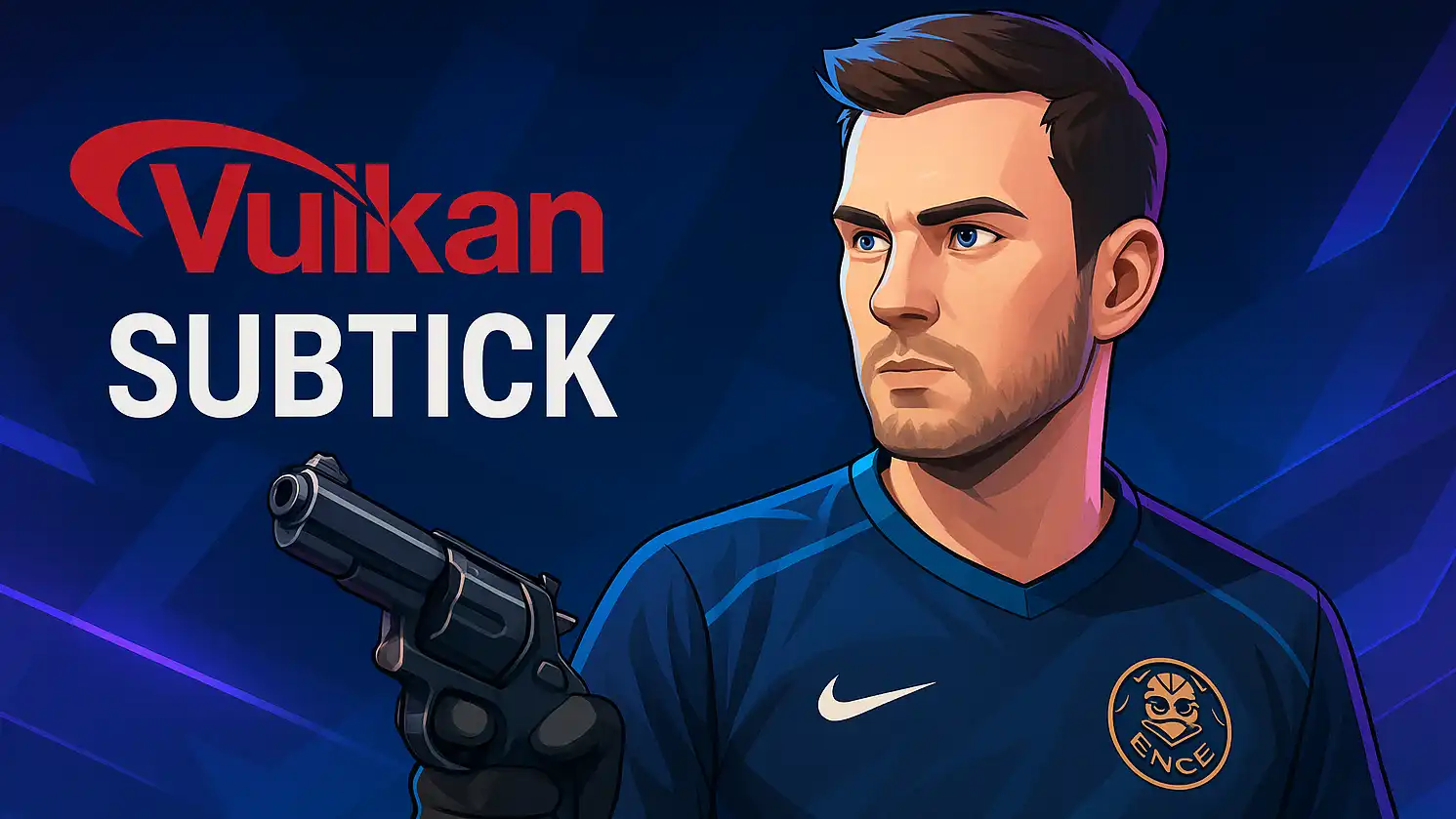HLTV Prospect Report #1 — Five rising names to know in CS2

HLTV Prospect Report #1 — Five rising names to know in CS2
HLTV’s first Prospect Report puts a spotlight on a handful of emerging players who, according to the outlet’s analysts and data work, are trending toward tier-one relevance. The piece mixes a long list of “names to watch” with five short profiles, balancing eye-test impressions with role-sensitive statistics (rating, KPR/DPR, impact, opening duels) and recent context around team moves. Below is a condensed, newsroom-style rewrite of the report with the key takeaways and player capsules.
How the picks were made
HLTV frames the series as an ongoing tracker rather than a once-a-year “top prospects” list. The methodology weighs opponents’ level, sample size, and the player’s role to avoid over-rewarding eco-farmers or low-impact fraggers. Most names are already competing around tier-two events, with a few having recently landed in tier-one lineups; the common thread is a sustained upward curve rather than a one-off spike.
Five featured prospects
Maxim “kyousuke” Lukin (Falcons) — hyper-mechanical entry with big-team guidance
Still only 17, kyousuke arrives at Falcons with one of the report’s most eye-catching output lines for his age group, including a 1.20 rating 1.0 over a few hundred maps and a KPR that sits well above role norms. HLTV stresses how his profile blends raw duel-taking confidence with signs of structure under tier-one coaching, the kind of environment that can turn monster mechanics into consistent opening value. The editors also note the importance of insulating a player like this from “bad habits” by surrounding him with veterans and a clear game model.
Danil “molodoy” Golubenko (FURIA) — explosive space-taker finding footing in elite games
molodoy, now 20, is flagged for his spiky round-to-round impact: high first-duel willingness, a 1.19 rating 1.0, and a 0.79 KPR that pops even after opponent adjustments. The write-up frames him as an emerging answer to FURIA’s search for an aggressive rifler who converts space into multi-kills instead of empty entries. If the decision-making curve keeps pace with the mechanics, HLTV suggests his production can stabilize against top opposition.
Oldřich “PR” Nový (GamerLegion) — modern anchor with more upside than the role implies
HLTV highlights PR’s value where it’s easiest to miss: hard sites, late-round conversions, and “don’t lose the map” positions. Inside GamerLegion, he’s praised for low-error percentage and good utility discipline; the stat line is modest at face value, but the editors point to how his impact in round-wins scales beyond the raw K/D. A player like PR becomes Tier-1 sustainable when he keeps his deaths trimmed without surrendering initiative in retakes.
jambo (fnatic) — a confident, tempo-shaping AWPer
In a cycle where many teams rotate between passive hold-AWPs and hybrid riflers, jambo is profiled as a tempo setter: he takes map control with the big green early, re-positions proactively, and presses advantages rather than “falling back to 5v4 baseline CS.” HLTV notes that when this style is supported by protocols, it can bend opponents’ defaults, forcing worse utility trades and flash timings across halves.
Nikita “nettik” Korzh (FlyQuest) — clean fundamentals, rising ceiling
Rounding out the five is nettik, praised for an unusually tidy mechanical base and repeatable crosshair placement that travels from online to stage. HLTV’s editors like his composure under pressure and the way his decision tree accelerates in late rounds—qualities that often forecast survivability at higher levels. The suggestion is that, with more tier-one reps, his output has room to grow without changing his identity.
The broader watchlist — and why it matters
Beyond the five capsule profiles, HLTV scatters dozens of names through the article: academy groups that keep churning out talent, dark-horse regions (Mongolia, CIS farm teams), and familiar orgs experimenting with youth injections. You’ll see gr1ks (GUN5) cited for lively numbers and on-server presence, plus numerous “infrastructure notes” that explain why certain prospects are likely to accelerate—strong coaching trees, experienced IGLs, and tournament calendars that guarantee high-pressure reps. The piece repeatedly returns to the same point: context turns promise into production.
What to expect next
HLTV positions Prospect Report as a living series—expect future updates to revisit these five and promote (or drop) others as more data arrives against tier-one opposition. For teams on the hunt, the message is straightforward: the market is deep, but the safest bets pair repeatable mechanics with role clarity and an environment that won’t distort a young player’s development curve.
Quick stat snapshot (from HLTV’s report)
-
kyousuke (Falcons) — 1.20 rating, strong KPR in an entry-leaning role; 17 years old.
-
molodoy (FURIA) — 1.19 rating, 0.79 KPR, high first-duel volume at 20.
-
PR (GamerLegion) — role-weighted impact emphasized by HLTV despite modest headline stats.
-
jambo (fnatic) — aggressive, initiative-driven AWP profile highlighted for its tempo value.
-
nettik (FlyQuest) — clean fundamentals and composure; projected growth with tier-one reps.
Bottom line
From a pure scouting angle, this first installment reads like a roadmap rather than a ranking. Falcons’ kyousuke and FURIA’s molodoy headline the raw-firepower camp; PR and nettik represent the “low-mistake, high-floor” archetype; jambo offers a stylistic swing at AWP that can redefine a team’s tempo. If the current trajectories hold—and the team contexts remain supportive—several of these names could become staple pickups across the next transfer windows.



